Yoga Blog
Unveiling the Ancient Roots: A Journey Through the History and Evolution of Yoga
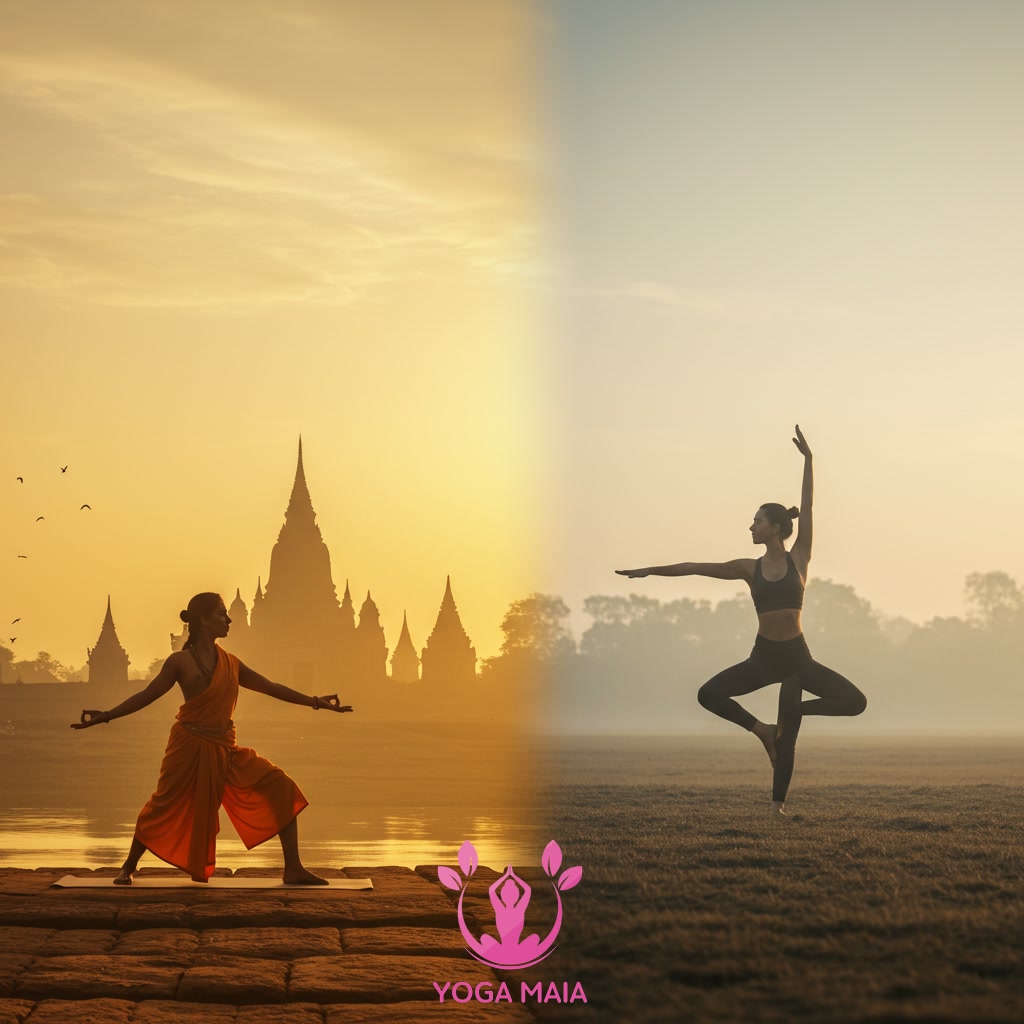
This content delves into the ancient origins of yoga, tracing its historical journey from its earliest roots. It explores the evolution of yoga practices and philosophies through different eras. The material unveils how yoga has developed and transformed over centuries, arriving at its modern forms.
Table of Contents
- Section 1: Introduction: Defining Yoga and Its Significance
- Section 2: The Earliest Seeds: Vedic and Pre-Classical Period
- Section 3: The Codification: Classical Yoga and Patanjali’s Sutras
- Section 4: Diversification and Expansion: Post-Classical and Hatha Yoga
- Section 5: Yoga Goes Global: Modern Yoga and Its Contemporary Forms
- Section 6: The Enduring Path: Future Directions and Conclusion
Section 1: Introduction: Defining Yoga and Its Significance
Yoga is a holistic practice originating in ancient India, extending far beyond simple physical exercises. Fundamentally, it is a path integrating mind, body, and spirit, aiming for overall well-being, self-awareness, and inner harmony. It traditionally involves physical postures (asanas), breath control (pranayama), meditation (dhyana), and ethical principles. The profound significance of yoga lies in its capacity to enhance physical health through strength, flexibility, and balance, while simultaneously promoting mental clarity, emotional stability, and spiritual connection. Grasping this foundational definition and purpose is essential for appreciating yoga’s enduring relevance and understanding its historical journey and diverse forms.
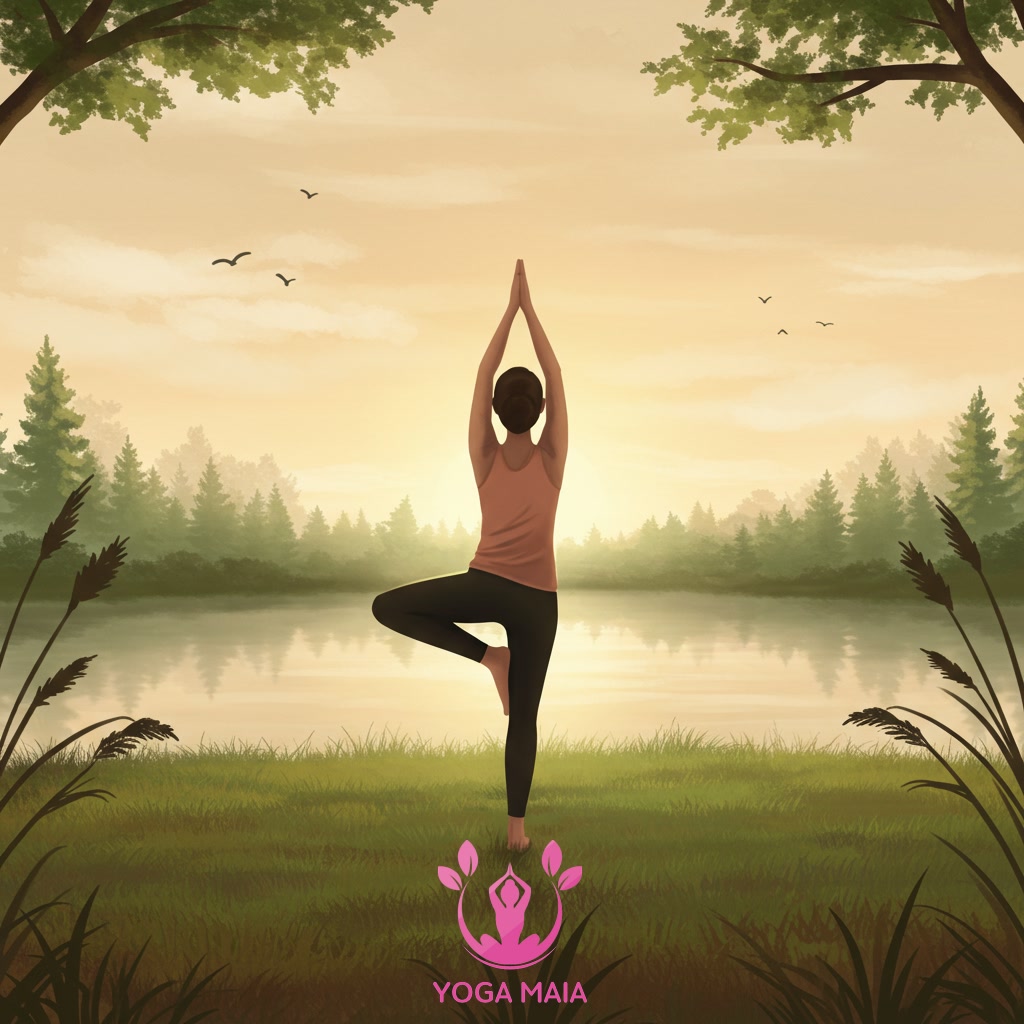 Introduction: Defining Yoga and Its Significance
Introduction: Defining Yoga and Its Significance
Section 2: The Earliest Seeds: Vedic and Pre-Classical Period
Following the understanding of yoga as a holistic integration, its earliest seeds can be traced back to the Vedic period in ancient India, roughly from 1500 to 500 BCE. The foundational texts of this era, the Vedas, contain hymns and rituals that reflect early spiritual and philosophical inquiries. While not explicitly describing yogic postures or detailed practices as understood today, they introduce concepts of cosmic order (Rta), inner sacrifice, and the pursuit of spiritual knowledge. This period is further illuminated by the Upanishads (c. 800-400 BCE), which delve deeper into metaphysical questions concerning the nature of reality (Brahman) and the individual soul (Atman). The Upanishads also introduce early forms of meditation, asceticism (tapas), and contemplation aimed at achieving liberation or union, laying the philosophical groundwork for the later development of yogic paths and practices.
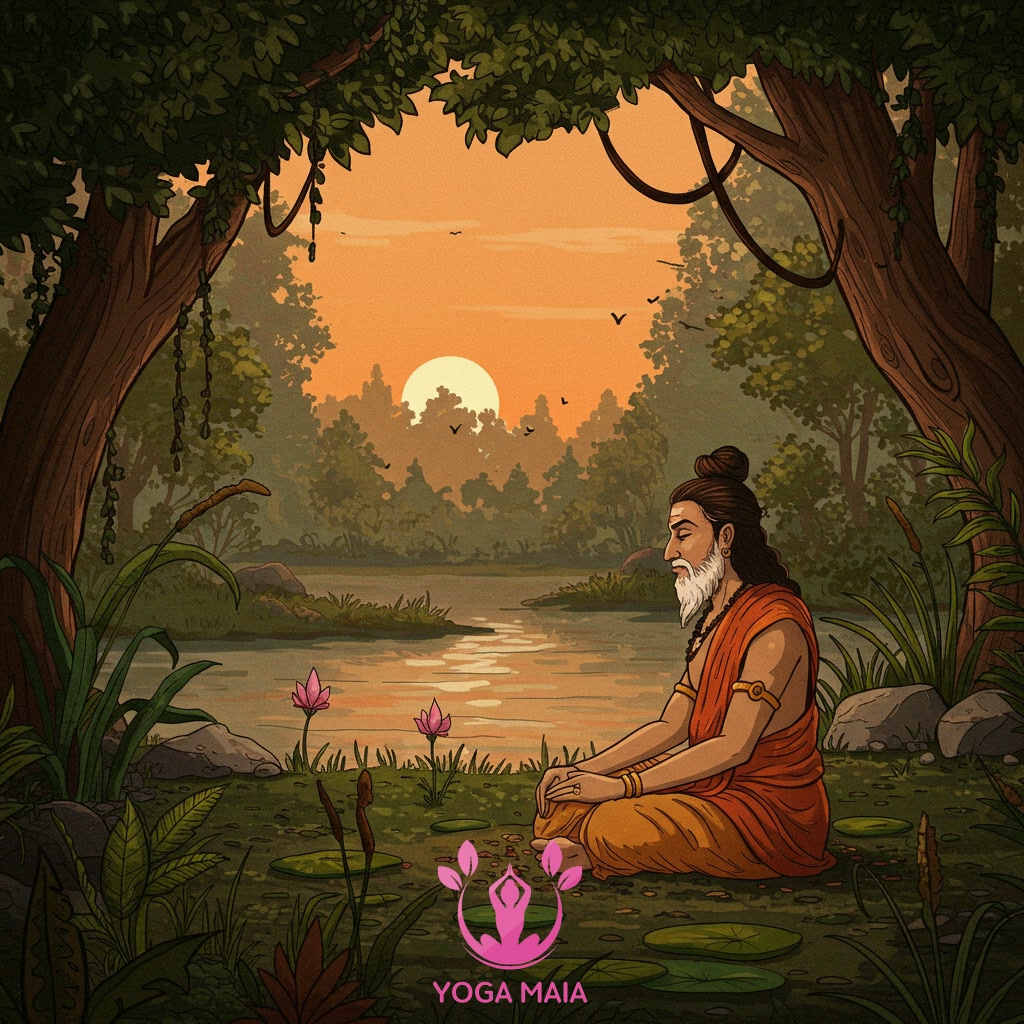 The Earliest Seeds: Vedic and Pre-Classical Period
The Earliest Seeds: Vedic and Pre-Classical Period
Section 3: The Codification: Classical Yoga and Patanjali’s Sutras
Moving forward from the early Vedic references, a pivotal era arrived with the codification of yoga into a more systematic framework. This period, often associated with the classical age around the 2nd to 4th century CE, is dominated by the figure of Patanjali and his seminal work, the Yoga Sutras. The Yoga Sutras provided a clear, philosophical, and practical guide to the path of yoga, defining its purpose as the cessation of the fluctuations of the mind (citta vritti nirodhah). Patanjali outlined the Eight Limbs of Yoga (Ashtanga Yoga), presenting a structured path encompassing ethical principles, physical postures, breath control, sense withdrawal, concentration, meditation, and ultimate absorption. This work solidified yoga’s theoretical foundation and remains a cornerstone for many traditional yoga lineages, establishing the principles of what is known as Classical Yoga.
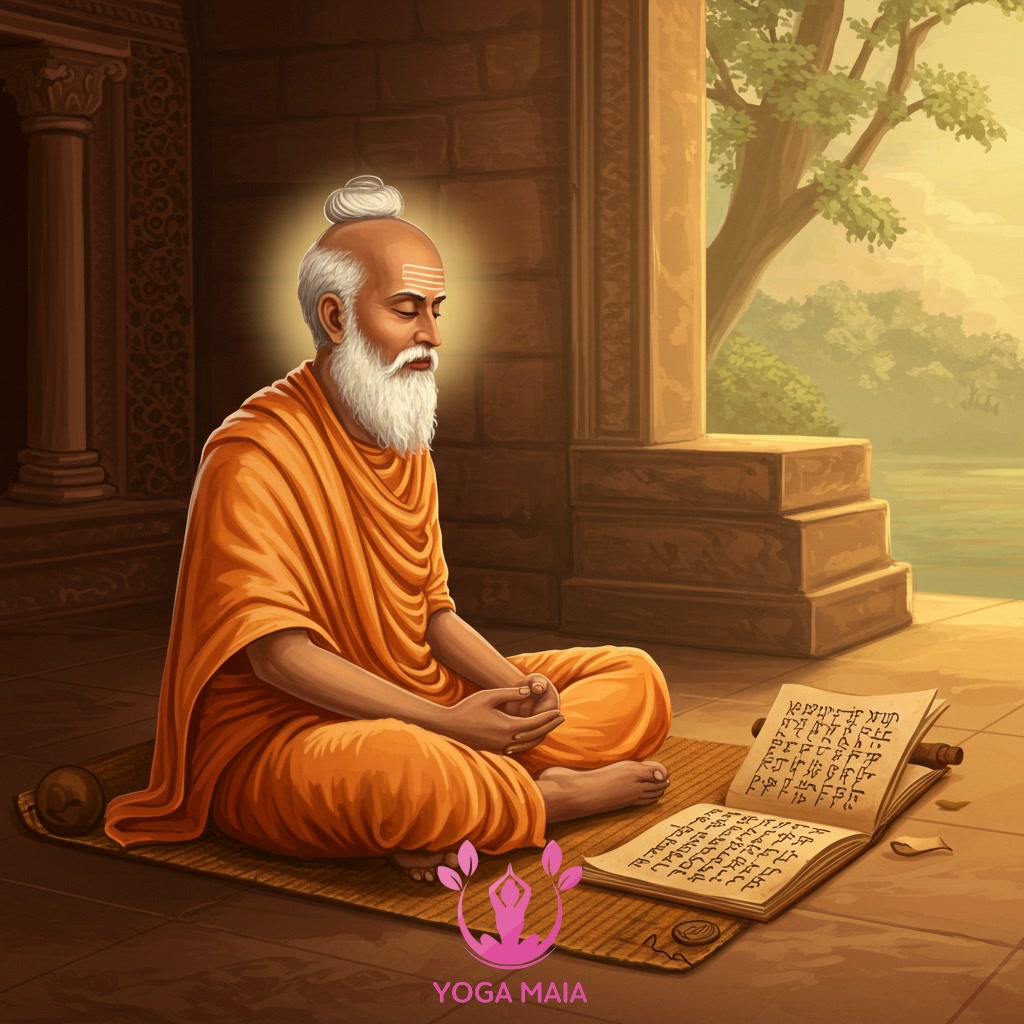 The Codification: Classical Yoga and Patanjali’s Sutras
The Codification: Classical Yoga and Patanjali’s Sutras
Section 4: Diversification and Expansion: Post-Classical and Hatha Yoga
Following the systematic framework established in the classical period, yoga entered an era of significant diversification and expansion, often referred to as the post-classical age. This period saw the development of numerous distinct schools and traditions, moving beyond the more unified philosophical emphasis of earlier times. A pivotal development was the emergence of Hatha Yoga, which brought a renewed focus on the physical body as a means to attain higher states of consciousness. Texts like the Hatha Yoga Pradipika codified practices involving complex bodily postures (asanas), breath control (pranayama), and purification techniques (kriyas), laying the groundwork for many of the physical yoga styles practiced widely today. This shift marked a crucial turning point, making yoga more accessible and adaptable to different paths and practitioners.
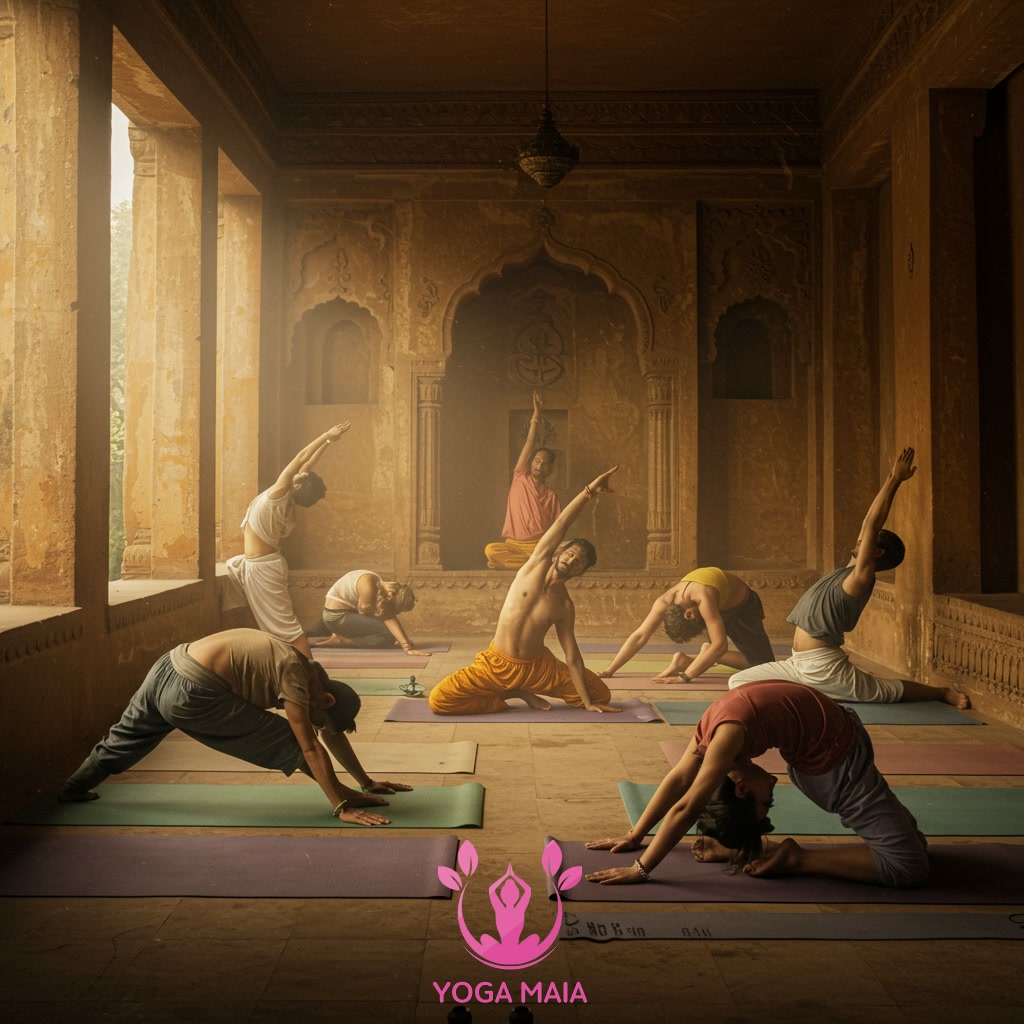 Diversification and Expansion: Post-Classical and Hatha Yoga
Diversification and Expansion: Post-Classical and Hatha Yoga
Section 5: Yoga Goes Global: Modern Yoga and Its Contemporary Forms
Following its evolution through various periods, yoga began its significant global expansion in the 19th and 20th centuries. This era saw the introduction of yoga practices to Western cultures, largely through influential teachers who traveled abroad. Modern yoga diversified rapidly, moving beyond traditional ashram settings into studios, gyms, and even digital platforms. New styles emerged, emphasizing physical postures (asanas) and sequences (vinyasa), becoming popular forms of exercise and stress reduction. Contemporary yoga encompasses a wide spectrum, from vigorous athletic styles to gentle therapeutic approaches, reflecting its adaptation to diverse needs and cultural contexts worldwide. This globalization transformed yoga into a widely accessible practice, practiced by millions across continents, integrating elements of ancient philosophy with modern health and wellness paradigms.
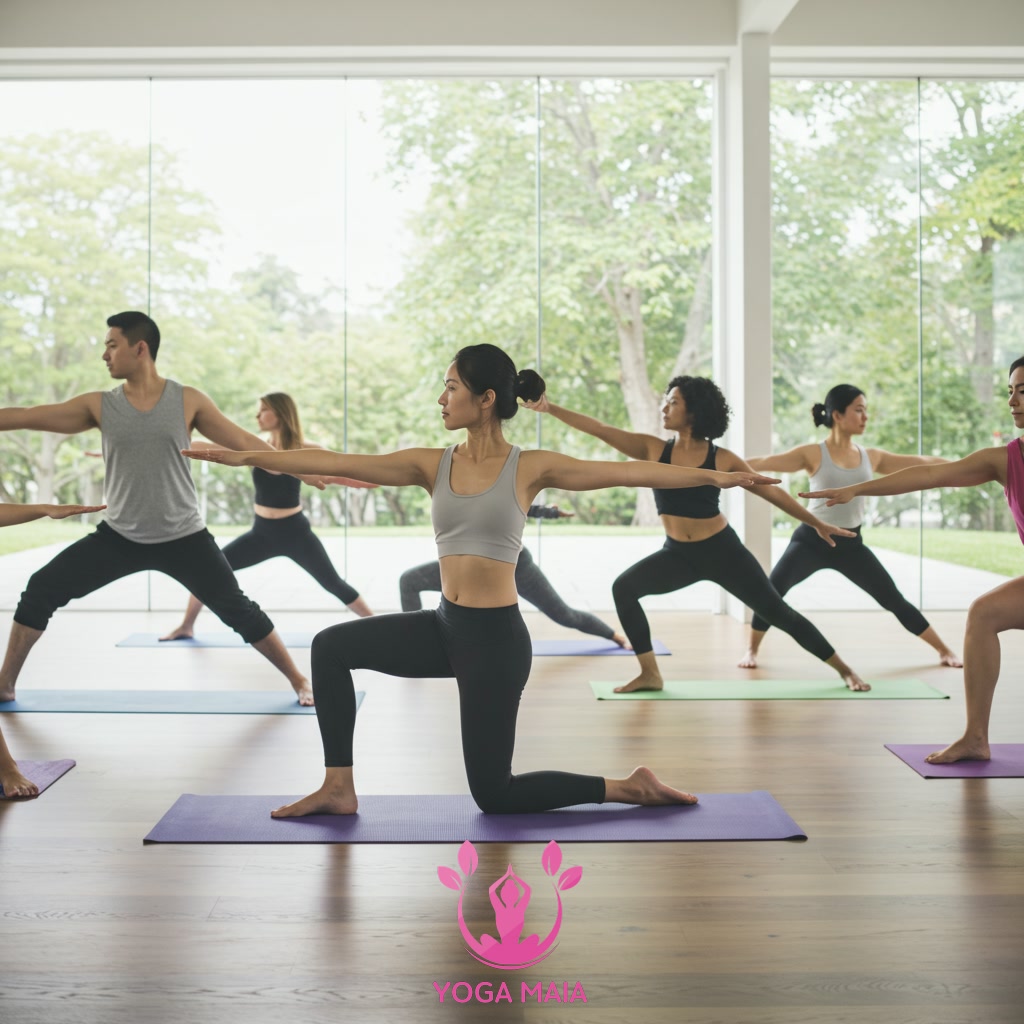 Yoga Goes Global: Modern Yoga and Its Contemporary Forms
Yoga Goes Global: Modern Yoga and Its Contemporary Forms
Section 6: The Enduring Path: Future Directions and Conclusion
Following its significant global expansion, yoga in the 21st century continues its dynamic evolution, adapting to modern lifestyles and scientific understanding. It is increasingly integrated into healthcare, education, and corporate wellness programs, demonstrating its versatility and enduring relevance beyond traditional spiritual contexts. While facing challenges like commodification and maintaining authenticity amidst diverse interpretations, the core principles of mindfulness, breathwork, and physical postures remain central. The future path of yoga likely involves continued adaptation, enhanced accessibility through digital platforms, and a deeper exploration of its therapeutic potential. Ultimately, yoga stands as a resilient practice, perpetually evolving yet rooted in ancient wisdom, offering a timeless path to well-being in an ever-changing world.
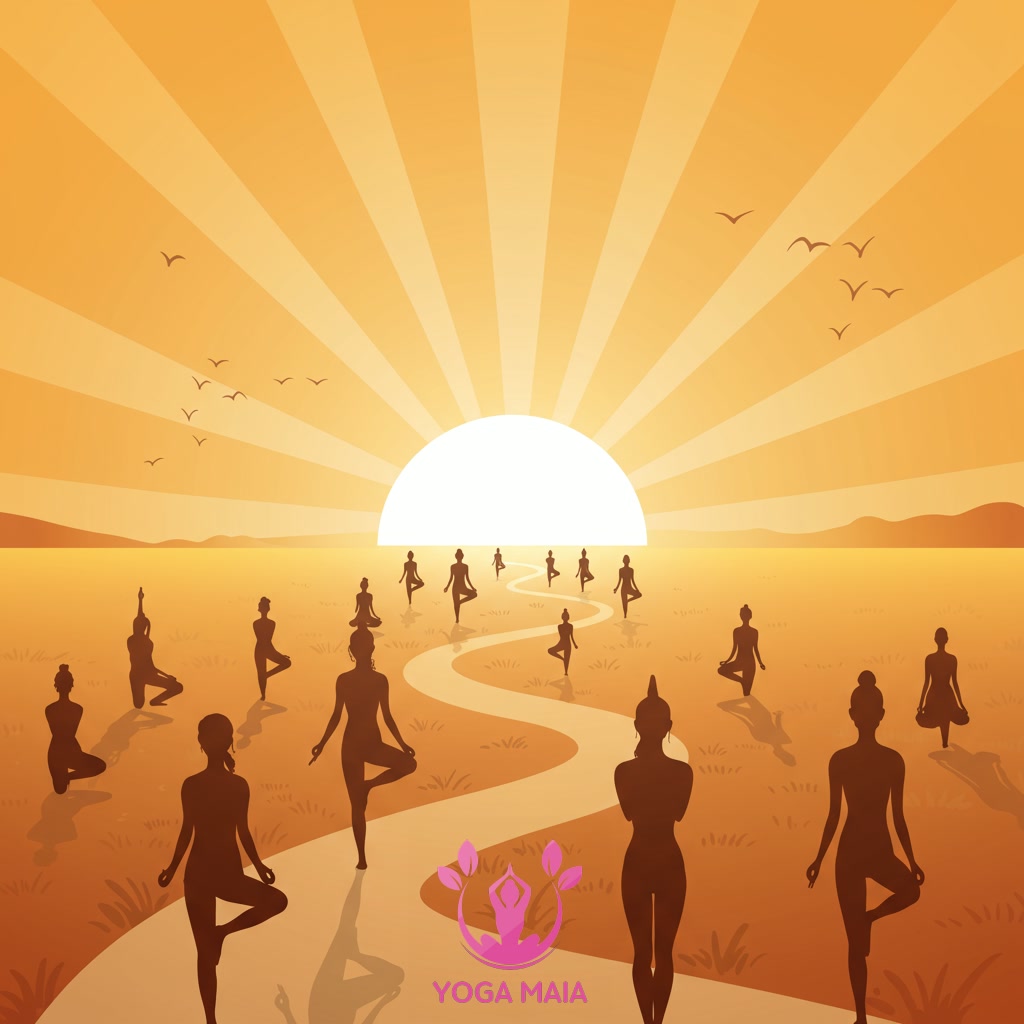 The Enduring Path: Future Directions and Conclusion
The Enduring Path: Future Directions and Conclusion












